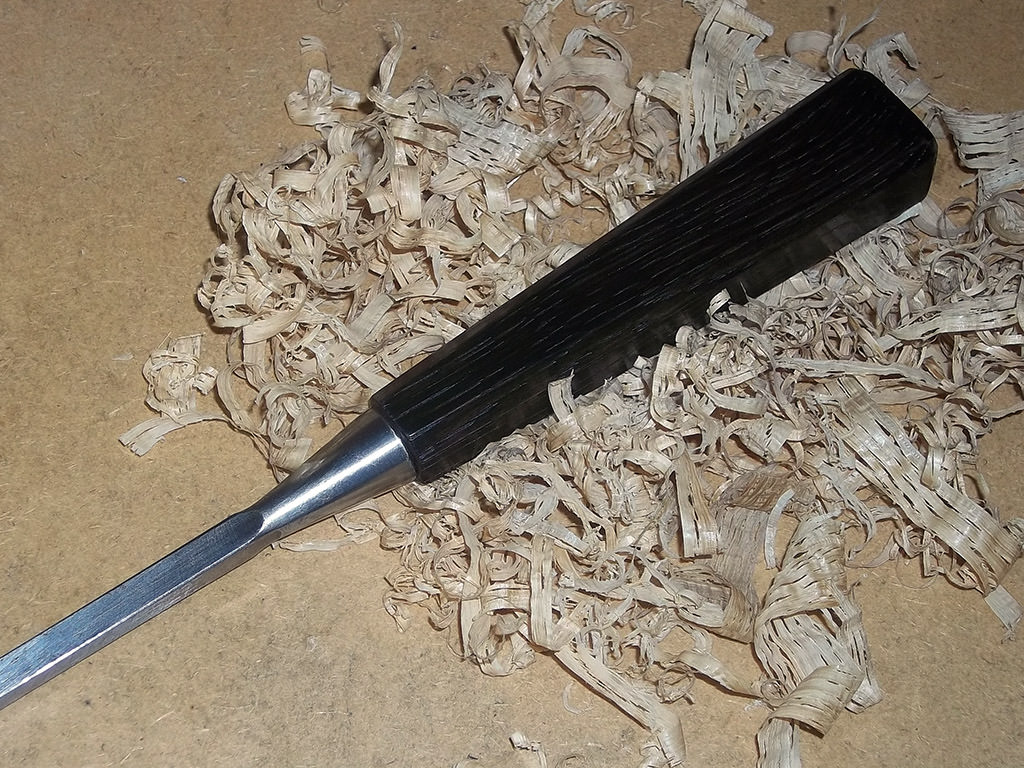Phil Pascoe
Established Member
I can't find the thread about the oak coffee table that was to be stained with this, but here's a pic. of a couple of small bits of sapele I did out of curiousity in case anyone thinks to try it. Wire wool, malt vinegar and no added tannin.

The curves are from the saw, the top of the one on the right has one coat of Fiddes. The side of the one on the right wasn't soaked, it's just black from where the stuff has run.

The curves are from the saw, the top of the one on the right has one coat of Fiddes. The side of the one on the right wasn't soaked, it's just black from where the stuff has run.




































